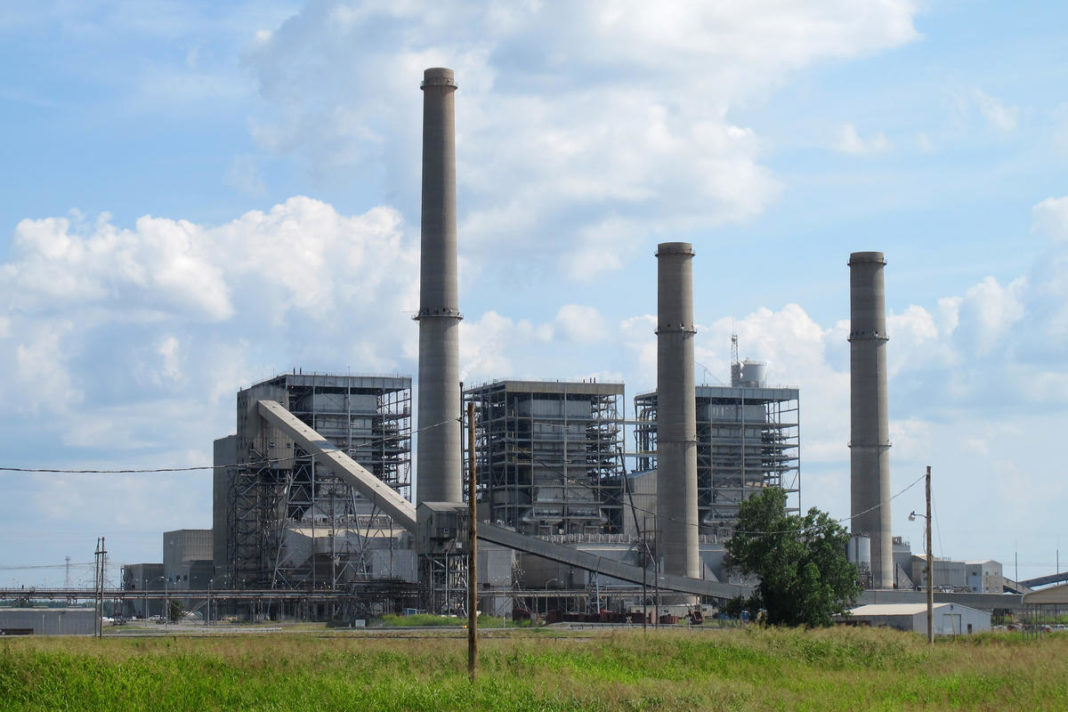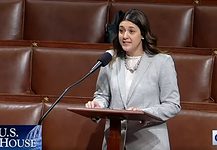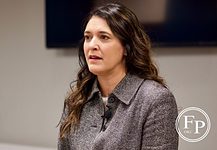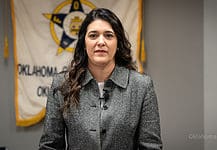Last Updated on February 17, 2021, 6:40 PM | Published: February 17, 2021
One of the few palatable jokes to emerge from the Trump Administration was “infrastructure week.” Whenever former President Donald Trump’s team wanted to talk about modernizing America’s electrical grid or improving the nation’s highways, bridges or airports, the press secretary announced it was “infrastructure week,” and everyone laughed and laughed.
Every “infrastructure week” of the Trump Presidency got overshadowed by news of Trump’s advocacy for racists, penchant for creating diplomatic crises, payoffs to porn stars or just his toddler-like tendency to run out of the infrastructure meeting room if faced with direct criticism.
There was always a “chicken-and-the-egg” quality to “infrastructure week.” Was it a distraction unsuccessfully engineered to pull attention away from a coming major scandal, or was it a legitimate enterprise that never got attention because Trump was always being Trump, bringer of shitstorms?
Opinion by George D. Lang
This week, the lower Midwest finally got its infrastructure week. We now know how pathetic the electrical grid is, because yet another unprecedented storm dropped a fluffy white bomb on Oklahoma and Texas.
Most non-engineers know next to nothing about the electrical grid.
Those of us who were educated by Saturday morning cartoons think electricity moves through power lines like water moves through pipes. When we hear the phrase “electrical grid,” we imagine New York City streets at the turn of the 20th century, all of them shrouded in a dense tangle of competing power lines, or we start thinking of graphing paper. Essentially, we are all George Costanza, believing there are actual fleas at flea markets.
For non-engineers, an electrical grid consists of the power plants, substations, high voltage transmission lines and the distribution lines that bring power to individual customers. There are three such grids: the Eastern Interconnection, the Western Interconnection and the Texas grid, a byproduct of the same kind of Texas rugged individualism that gave us the gun-crazy secessionist group The Republic of Texas.
President Franklin Roosevelt signed the Federal Power Act in 1935, which regulated the interstate power lines and sales of that power. Texas decided it did not need no stinkin’ regulation, so it essentially became a “power island” separate from the other two major grids, the Eastern Interconnection and the Western Interconnection.
In 1970, the hilariously named Electric Reliability Council of Texas (ERCOT) was formed to oversee the Texas grid. ERCOT is not subject to the regulations enforced by the Federal Energy Regulatory Commission, and it acts like it.
The economic structure of ERCOT offers no incentives for power providers to be ants rather than grasshoppers and do the due diligence to prepare for winter. As a result, electric power in Texas is oriented toward cheap prices and short-term gains over long-term reliability. Deregulation gets you shortfalls in tough times, resulting in 1.37 million Houston residents living without power during the city’s worst winter storm since the 1970s.
As an aside, the first snowfall I remember took place when I was a 6-year-old living in Houston. More than the snowmen and snowball fights, I distinctly remember the city completely shutting down. People from the upper Midwest joke about Oklahomans freaking out during brief snowstorms, but we have nothing on Houstonians.
Now plagued with rolling blackouts, Houston residents have every reason to be freaked out, but time will tell if they decide to reject the anti-regulatory political power structure in Texas led by Gov. Gregory Abbott and Lt. Gov. Dan Patrick, both Republicans.
In Oklahoma, the problems are different but related. As part of the Eastern Interconnection grid, Oklahoma Gas and Electric Company (OG&E) and Public Service Company of Oklahoma (PSO) are part of the Southwest Power Pool, a Little Rock, Arkansas-based nonprofit overseeing electric power for 14 states. It was the Southwest Power Pool that issued its Emergency Energy Alert (EEA) Level 3 this week that called for rolling blackouts in central Oklahoma.
These were elective blackouts directed by Southwest Power Pool, members of which engage in the selling of excess power to other regions, which is far more lucrative than, say, pouring resources into improving the grid.
Naturally, some of the key figures in deregulation found scapegoats.
U.S. Rep. Dan Crenshaw, who represents the heavily gerrymandered second congressional district that skirts the northern periphery of Houston, blamed the blackouts on frozen wind turbines. Fox News prime time idiot Tucker Carlson amplified Crenshaw’s claims, so that’s the end of renewable energy, everyone.
Well, not quite. Wind energy accounts for only about 10 percent of all energy produced in Texas during the winter.
Of course, wind turbines operate year-round in Alaska and Scandinavia, places with far worse weather conditions than Texas on their best days. Maybe the Libertarian ideal of no government intervention is not all Crenshaw and his ilk think it is.
In a month or so, Oklahoma and Texas will have sufficiently thawed out so that the events of this week will be off most residents’ radars. But that is when the questions need to be asked. That is when reporters and private citizens need to hit up Southwest Power Pool COO Lanny Nickell and ask him what his organization is doing this summer to prevent the rolling blackouts from happening in 2022.
Until real progress is made to fortify the power grids that we depend on more than ever before, every week should be “infrastructure week.”
George Lang has worked as an award-winning professional journalist in Oklahoma City for over 25 years and is the professional opinion columnist for Free Press. His work has been published in a number of local publications covering a wide range of subjects including politics, media, entertainment and others. George lives in Oklahoma City with his wife and son.











